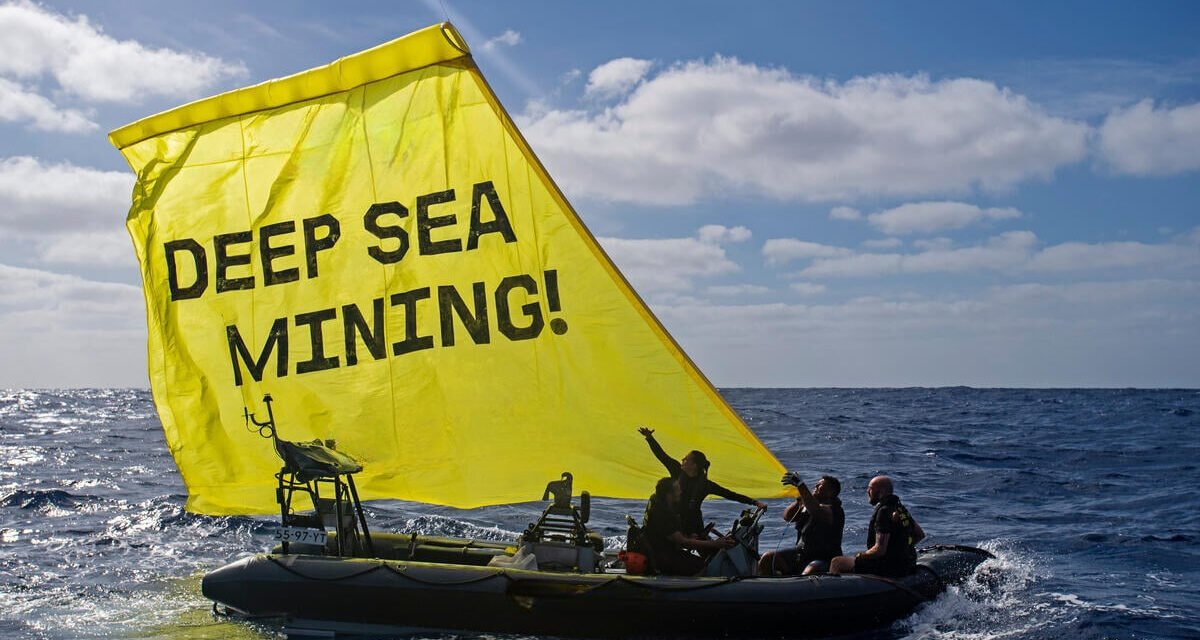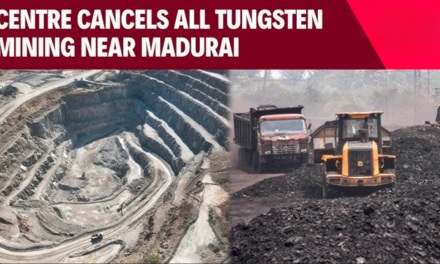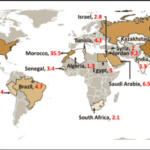India is intensifying its efforts in deep-sea mining to secure critical minerals essential for its clean energy transition. In October 2024, the National Institute of Ocean Technology (NIOT) conducted a successful exploratory mining trial in the Andaman Sea, utilizing the Varaha-3 machine to extract polymetallic nodules from the seabed. This trial follows surveys by the Geological Survey of India (GSI) that identified these nodules within India’s Exclusive Economic Zone (EEZ). The successful trial marks a significant advancement in India’s deep-sea mining capabilities.
The Indian government has been proactive in developing deep-sea mining technologies, with the Deep Ocean Mission, estimated at ₹4,077 crores, focusing on this area. The mission aims to enhance India’s capacity to extract valuable minerals from the ocean floor, supporting the nation’s clean energy objectives.
In July 2024, India announced plans to apply for licenses to explore deep-sea minerals in the Pacific Ocean, specifically targeting the Clarion-Clipperton Zone, known for its rich deposits of manganese, nickel, copper, and cobalt. This strategic move aligns with India’s efforts to secure resources vital for energy transition technologies.
However, deep-sea mining has raised environmental concerns due to potential impacts on marine ecosystems. The International Seabed Authority (ISA) has yet to finalize regulations for commercial mining activities, and India is awaiting the establishment of these guidelines before proceeding with large-scale operations.
In response to the increasing demand for critical minerals, India is also investing in research and development to enhance domestic extraction capabilities. The government plans to offer incentives and funding to support miners and research institutes in developing efficient and environmentally responsible extraction technologies.














